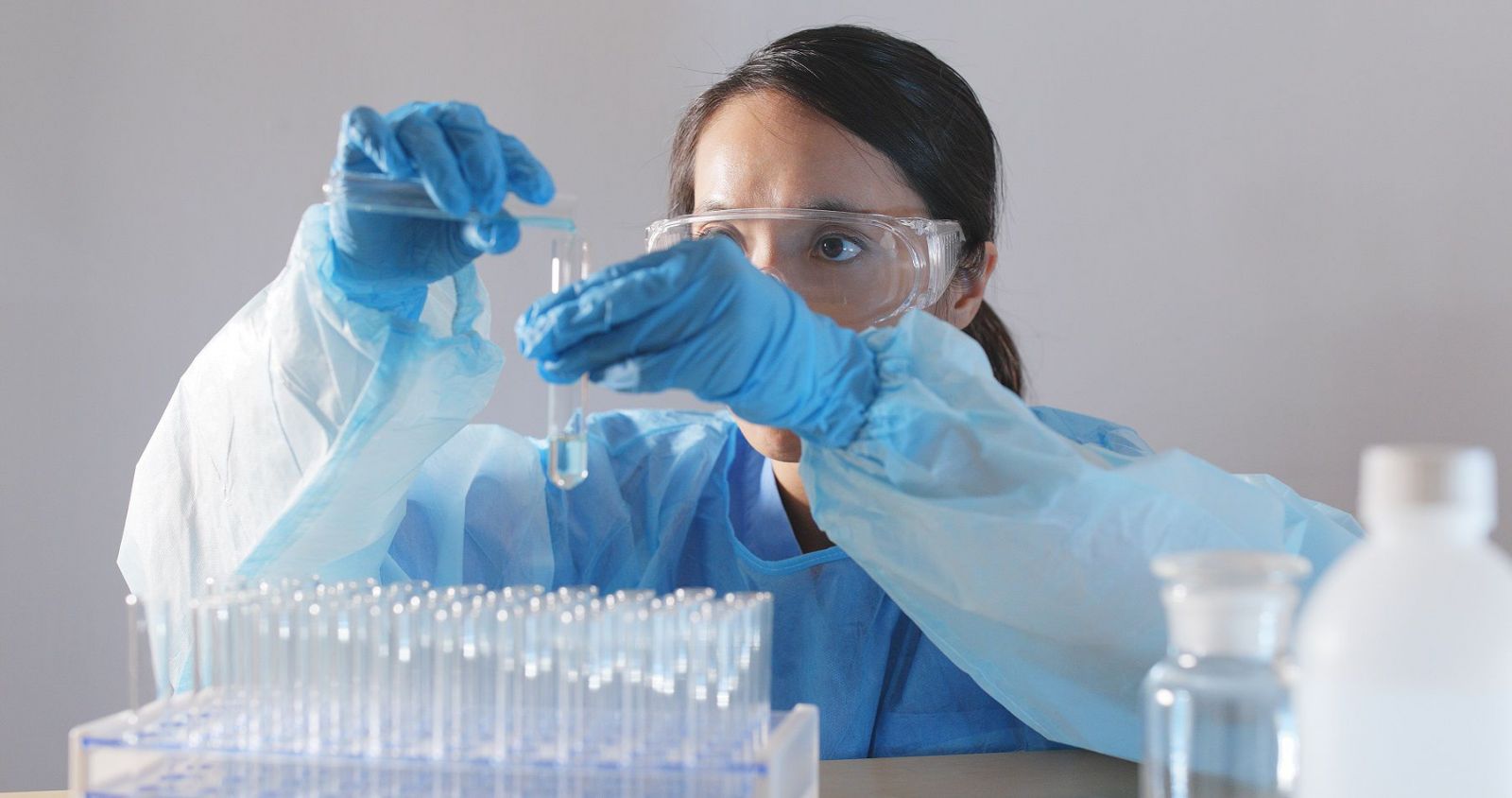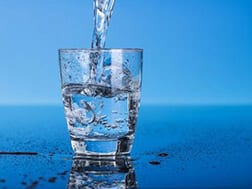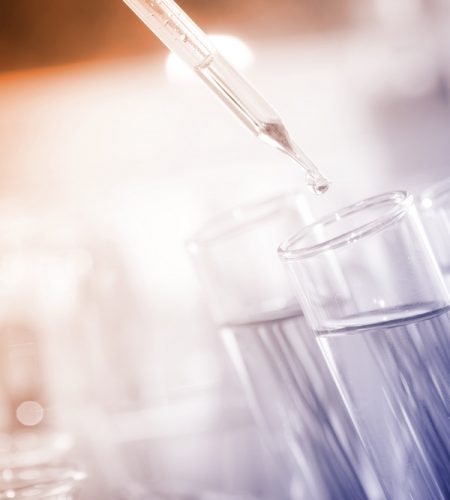Find Trusted Water Testing Services Near Me for Clean Consuming Water
Wiki Article
Discover What Is Consisted Of in Water Testing and Just How It Ensures Safe Drinking Water
Understanding the ins and outs of water testing is pivotal in making certain the top quality and security of our drinking water. With a meticulous examination of physical, chemical, and microbiological aspects, water screening recognizes possible pollutants that might position health dangers. From the presence of heavy steels to hazardous bacteria, each test part plays an important role in maintaining the honesty of our water. Advanced methods like chromatography and spectrometry enhance the accuracy of these evaluations. Yet, exactly how do these processes convert into the regulatory structures that ensure safety and security in our daily usage?Key Parts of Water Screening
Water screening is a critical procedure that entails numerous vital parts to make sure the security and high quality of alcohol consumption water. One of the primary components is the assessment of physical characteristics, consisting of odor, color, and turbidity. These characteristics can provide preliminary insights right into the water's problem and potential contamination sources. In addition, ensuring the pH balance of water is essential, as it impacts the water's corrosiveness and the efficiency of disinfection procedures.An additional substantial part involves microbiological analysis, where water samples are analyzed for the existence of microbes such as microorganisms, viruses, and protozoa. This analysis is essential to identify organic risks that can position wellness risks if taken in. Moreover, chemical analyses are conducted to discover natural and not natural compounds, such as heavy metals, nitrates, and chemicals, that could be existing in the water supply.

Spotting Hazardous Contaminants
Detecting unsafe impurities in alcohol consumption water is a basic element of protecting public health. This procedure entails recognizing prospective risks that can jeopardize the quality and safety of water supplies. Impurities can vary from bacteria such as bacteria, infections, and protozoa, to not natural compounds like lead, arsenic, and nitrates, in addition to natural contaminants including pesticides and commercial chemicals. Each kind of pollutant presents distinct health risks, making their detection crucial to guarantee the water taken in by the public is secure.
Water testing for impurities is usually performed by regulatory agencies and water utilities, using a mix of area tasting and research laboratory analysis. These evaluations are created to find both normally taking place substances and anthropogenic pollutants that may have gotten in the supply of water with farming drainage, industrial discharge, or maturing facilities. Normal tracking is essential, as contamination levels can change due to environmental adjustments, seasonal variants, or human activities.
The identification of hazardous contaminants educates needed actions, such as water therapy interventions or public advisories, to minimize dangers. Early detection is vital to stop adverse wellness results, varying from gastrointestinal diseases to long-lasting conditions like cancer, thereby making sure the proceeded safety and security of drinking water.

Chemical Evaluation Strategies
In the realm of making sure safe alcohol consumption water, chemical analysis methods play a pivotal role in recognizing and evaluating impurities. These techniques are vital for spotting a wide range of chemical substances, including hefty steels, chemicals, and commercial toxins, which can pose significant health risks.Gas chromatography-mass spectrometry (GC-MS) is another vital method, specifically for natural substances. It divides complicated blends and determines semi-volatile and unpredictable natural substances, making certain that toxins like benzene and toluene are within safe limitations. High-performance liquid chromatography (HPLC) is likewise used for non-volatile materials, consisting of particular chemicals and pharmaceuticals.
Ion chromatography is used Well water testing services to identify concentrations of anions and cations, such as nitrates and sulfates, which are essential in analyzing water quality. These chemical analysis techniques jointly make sure that alcohol consumption water continues to be secure by spotting deviations from developed purity standards, thereby securing public health. Making sure precision and precision in these tests is vital to maintaining the stability of water security assessments.
Microbiological Evaluating Methods
Accurate microbiological testing is important for securing public wellness by guaranteeing that drinking water is devoid of dangerous pathogens. This process includes detecting and specifying microbes such as microorganisms, viruses, and protozoa that may contaminate water materials. Common pathogens include Escherichia coli, Giardia, and Cryptosporidium, each positioning substantial health risks.Several methods are used in microbiological screening to identify these hazards. The membrane filtration technique is often used, involving water passing via a filter that catches germs, which are then cultured to determine their existence and concentration. Alternatively, the multiple-tube fermentation approach allows the metrology of coliform microorganisms using a series of dilution and incubation actions.
Innovations in innovation have presented molecular techniques such as polymerase chain response (PCR), which enables the rapid and very details discovery of pathogens by magnifying their hereditary product. Enzyme-linked immunosorbent assays (ELISA) also use an approach to spot microorganisms by identifying particular proteins or antigens.
These differed approaches are crucial for comprehensive water quality analysis, ensuring that water treatment processes work and that distribution systems maintain safety. By employing these microbiological testing methods, potential health hazards can be identified and reduced quickly.

Significance for Public Health
Making certain the microbiological safety and security of drinking water directly impacts public wellness by stopping the spread of waterborne conditions. Virus such as germs, viruses, and protozoa can bring about ailments like cholera, dysentery, and stomach infections (Water Testing Services Near Me). The implementation of comprehensive water screening procedures is critical in identifying and mitigating these risks, thus guarding areas from possible outbreaksNormal water testing not only spots microbial impurities however also assesses chemical and physical criteria that might affect wellness. For instance, too much levels of nitrates or hefty metals such as lead can pose major wellness risks, especially to susceptible populaces like babies and expecting ladies. By determining these threats early, water testing allows prompt treatments, ensuring the water system remains within safe usage criteria.
Moreover, water testing plays a critical role in preserving public self-confidence in metropolitan water systems. For plan manufacturers and health officials, the information derived from water screening notifies choices on infrastructure financial investments and public wellness approaches, making certain resources are directed where they are most needed.
Verdict
Water testing offers as an essential device for making certain the safety and security and high quality of alcohol consumption water with extensive assessment of its physical, chemical, and microbiological buildings. By identifying unsafe contaminants, such as heavy metals and pesticides, and making use of sophisticated methods like chromatography and spectrometry, water testing facilitates the recognition of prospective health threats. The execution of extensive testing methods is crucial for keeping compliance with security requirements, ultimately safeguarding public wellness and strengthening confidence in metropolitan water systems.
By recognizing these dangers early, water testing allows timely treatments, guaranteeing the water supply remains within risk-free usage criteria.
Water screening offers as an essential mechanism for ensuring the safety and quality of drinking water via comprehensive evaluation of its physical, chemical, and microbiological homes.
Report this wiki page